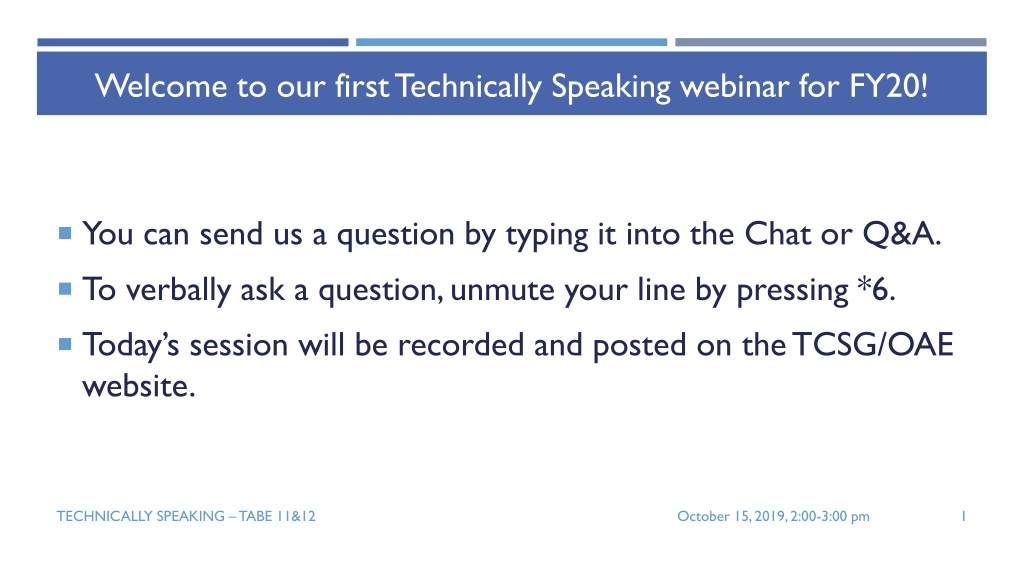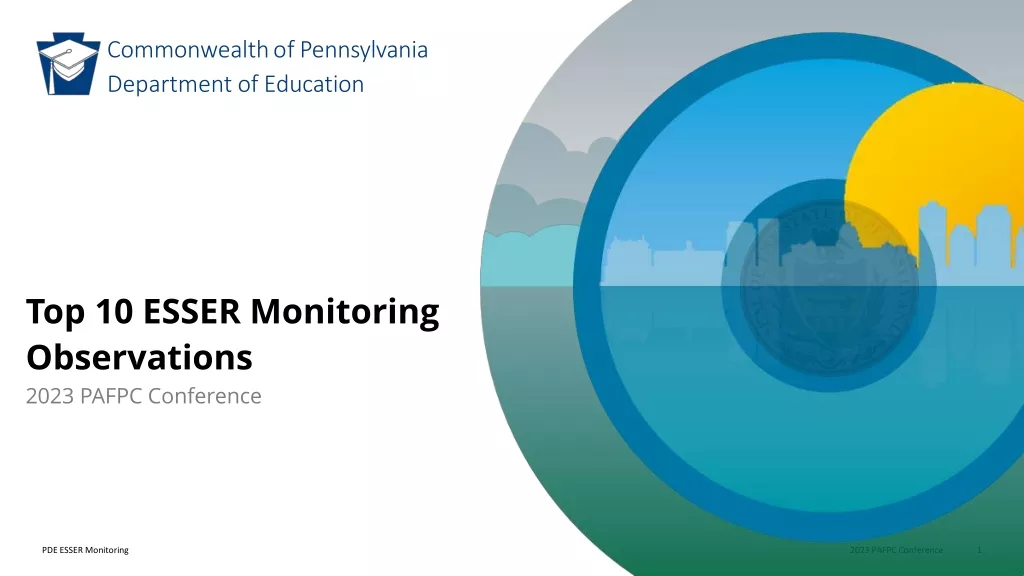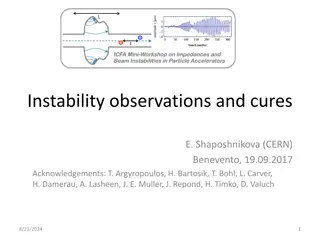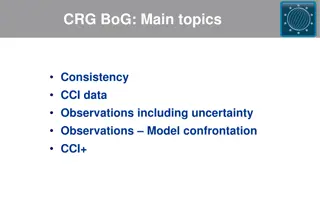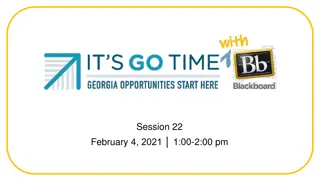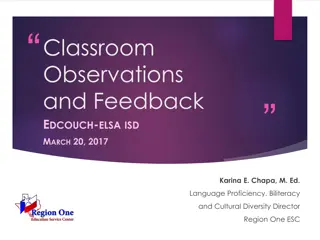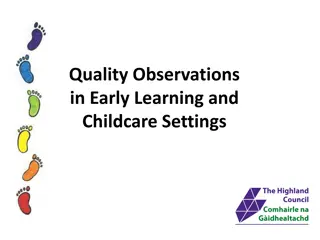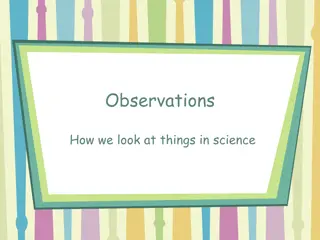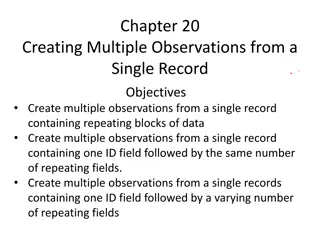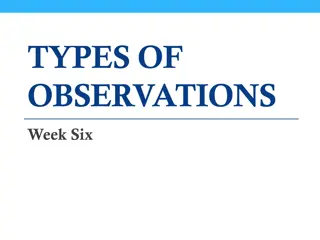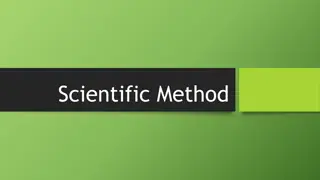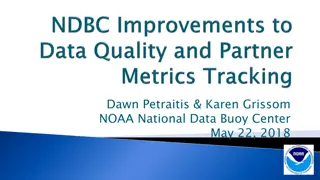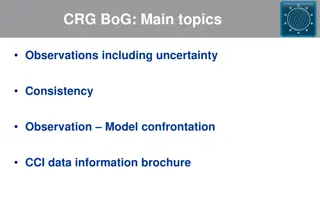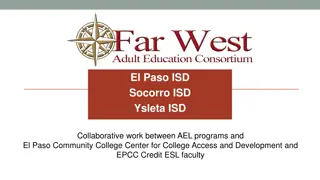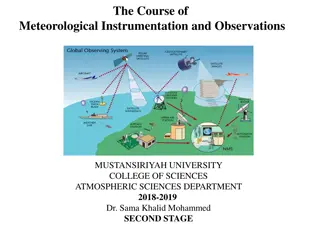Insights on TABE 11 & 12: Strategies and Observations
Delve into the discussions surrounding TABE 11 & 12 assessments, focusing on observations such as students' progress and entry levels, the significance of the TABE Locator, online Locator options, score ranges, and the strategy of testing by subject. Share your insights in the interactive session.
Download Presentation

Please find below an Image/Link to download the presentation.
The content on the website is provided AS IS for your information and personal use only. It may not be sold, licensed, or shared on other websites without obtaining consent from the author.If you encounter any issues during the download, it is possible that the publisher has removed the file from their server.
You are allowed to download the files provided on this website for personal or commercial use, subject to the condition that they are used lawfully. All files are the property of their respective owners.
The content on the website is provided AS IS for your information and personal use only. It may not be sold, licensed, or shared on other websites without obtaining consent from the author.
E N D
Presentation Transcript
Welcome to our first Technically Speaking webinar for FY20! You can send us a question by typing it into the Chat or Q&A. To verbally ask a question, unmute your line by pressing *6. Today s session will be recorded and posted on the TCSG/OAE website. TECHNICALLY SPEAKING TABE 11&12 October 15, 2019, 2:00-3:00 pm 1
Technically Speaking TABE 11 &12 Tuesday, October 15, 2019, 2:00-3:00 pm
Heres What We are Hearing about TABE 11&12: Students are not making gains on the first post-test. The Locator places students mostly on the M level. Student entry EFLs have shifted significantly lower. Programs have very few ABE5 and ABE6 students. What observations have you made about TABE that you want to share with the group? Post your response in the WebEx Chat or Q&A. TECHNICALLY SPEAKING TABE 11&12 October 15, 2019, 2:00-3:00 pm 3
TABE Locator The TABE Locator is: required to be administered before the pre-test. used to indicate which level of testing is appropriate for the student. Locator Times Reading Locator 30 minutes Math Locator 20 minutes Language Locator 20 minutes TECHNICALLY SPEAKING TABE 11&12 October 15, 2019, 2:00-3:00 pm 4
TABE Online Locator Options When setting a Locator test session for TABE Online, you can select Locator or Auto-Locator. Locator allows administrators to look at a student s score and designate a subject level test. Auto-Locator automatically puts a student into a subject level test. What are the pros and cons of these strategies? Q&A, Chat, or *6 TECHNICALLY SPEAKING TABE 11&12 October 15, 2019, 2:00-3:00 pm 5
Locator Score Ranges Recommended TABE Level E M D A Reading Math Language 0-5 6-11 12-15 16-19 0-5 6-9 10-12 13-16 0-5 6-10 11-13 14-16 We know it s early in the process, but do you have a feel for how well the Locator is working? Q&A, Chat or *6 TECHNICALLY SPEAKING TABE 11&12 October 15, 2019, 2:00-3:00 pm 6
Locator and Test by Subject Keep in mind that you do not have to administer all the parts of the Locator at the same time. Ex. You can administer the Reading Locator and then the Reading Test, Math Locator and then the Math Test, etc. By doing this, you will have a score that can be entered into GALIS instead of just a set of Locator scores. TECHNICALLY SPEAKING TABE 11&12 October 15, 2019, 2:00-3:00 pm 7
Review of Testing Times TECHNICALLY SPEAKING TABE 11&12 October 15, 2019, 2:00-3:00 pm 8
TABE Levels and NRS Levels Each Test Level has targeted NRS Levels. Score are not awarded above or below the target levels. TECHNICALLY SPEAKING TABE 11&12 October 15, 2019, 2:00-3:00 pm 9
DRC Individual Profile Report TECHNICALLY SPEAKING TABE 11&12 October 15, 2019, 2:00-3:00 pm 10
Out of Range (O/R) and Plus/Minus (+/-) Indicators Score Report Symbol Plus Sign (+) after the scale score Meaning of the Symbol Student scored more than one NRS level above the target level. Student scored one NRS level below target level. Effect on the Student s Score The student s score is set to the highest possible scale score for that test level. The student s score is set to the lowest possible scale score for that test level. Recommended Change You may want to test the student with a higher level of TABE to better assess their ability level. Minus Sign (-) after the scale score You may want to test the student with one level lower of TABE to better assess their ability level. In addition, the student will likely need to have extended instruction to be ready to demonstrate an NRS gain on a post-test. The student should take a lower level of TABE. Out of Range (O/R) in place of the NRS level and N/A in place of the scale score Student scored more than one NRS level below the target level. The student does not receive a scale score or NRS level. https://tabetest.com/PDFs/TABE_11_12_Scoring_Best_Practice_Guidelines.pdf TECHNICALLY SPEAKING TABE 11&12 October 15, 2019, 2:00-3:00 pm 11
TABE Levels and NRS Levels Scenario 1- Jake s pre-test score was 570 on an M level? Which level should be used for his post-test? Scenario 2 Sara s pre-test score was 520 on a D level? Which level should be used for her post-test? Scenario 3 An s pre-test score was a 497 on an E level? Which level should be used for his post-test? Scenario 4 Teddy s post-test score was 746 on an A level? Which level should be used for his post-test? TECHNICALLY SPEAKING TABE 11&12 October 15, 2019, 2:00-3:00 pm 12
Post-testing TABE post-testing minimum hours, according to policy: ABE1, ABE2, ABE3, ABE4 40 hours ABE5 and ABE6 30 hours Do not post-test students just because they reach the minimum hours! (especially for the first post-test) TECHNICALLY SPEAKING TABE 11&12 October 15, 2019, 2:00-3:00 pm 13
Post-testing Tips Calculate how many points or grade levels a student must improve to move from one educational functioning level to the next. For some students it s not a lot, but for others it is significant! Use this information to estimate the number of instructional hours needed. Incorporate digital literacy skills, so that the TABE online platform is easier to navigate. TECHNICALLY SPEAKING TABE 11&12 October 15, 2019, 2:00-3:00 pm 14
Post-testing Tips Use the TABE individual diagnostic results to see exactly which skills need to be taught. And ensure all skills have been taught before post-testing. Give informal quizzes and tests to determine if a student has learned those skills. Wait to post-test until the student demonstrates he/she has made enough progress to show significant learning gains. Break-up post-testing over multiple sessions to help with test fatigue. TECHNICALLY SPEAKING TABE 11&12 October 15, 2019, 2:00-3:00 pm 15
DRC Individual Profile Report TECHNICALLY SPEAKING TABE 11&12 October 15, 2019, 2:00-3:00 pm 16
Different Ways to Assess Student Skills Projects TECHNICALLY SPEAKING TABE 11&12 October 15, 2019, 2:00-3:00 pm 17
Post-testing Rules OK or not OK? Keep in mind that for a post-test to be entered into GALIS either the form or the level must change from the pre-test. 11M to 12M? 12D to 11D? 11M to 11E? If the level changes from the pre-test, it can only go higher. 12D to 11A? 10D to 11D? TECHNICALLY SPEAKING TABE 11&12 October 15, 2019, 2:00-3:00 pm 18
Further Analysis Local Level Use the DRC portal to do some analysis: Which questions are students missing most on the E level? M level? D level? For each skill: How are instructors addressing this skill across their classes? How is this skill introduced? Which teaching strategies work best? Which materials are the most helpful? How do you know a student has grasped this skill? TECHNICALLY SPEAKING TABE 11&12 October 15, 2019, 2:00-3:00 pm 19
TABE Resources DRC TABE 11&12 website: https://tabetest.com To sign up for DRC s TABE mailing list and receive emails about their TABE webinars: https://www.surveymonkey.com/r/TABEEmails TECHNICALLY SPEAKING TABE 11&12 October 15, 2019, 2:00-3:00 pm 20
Questions? You can send us a question by typing it into the Chat or Q&A. To verbally ask a question, unmute your line by pressing *6. TECHNICALLY SPEAKING TABE 11&12 October 15, 2019, 2:00-3:00 pm 21
TECHNICALLY SPEAKING TABE 11&12 October 15, 2019, 2:00-3:00 pm 22
